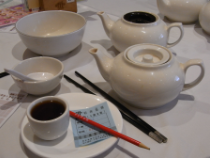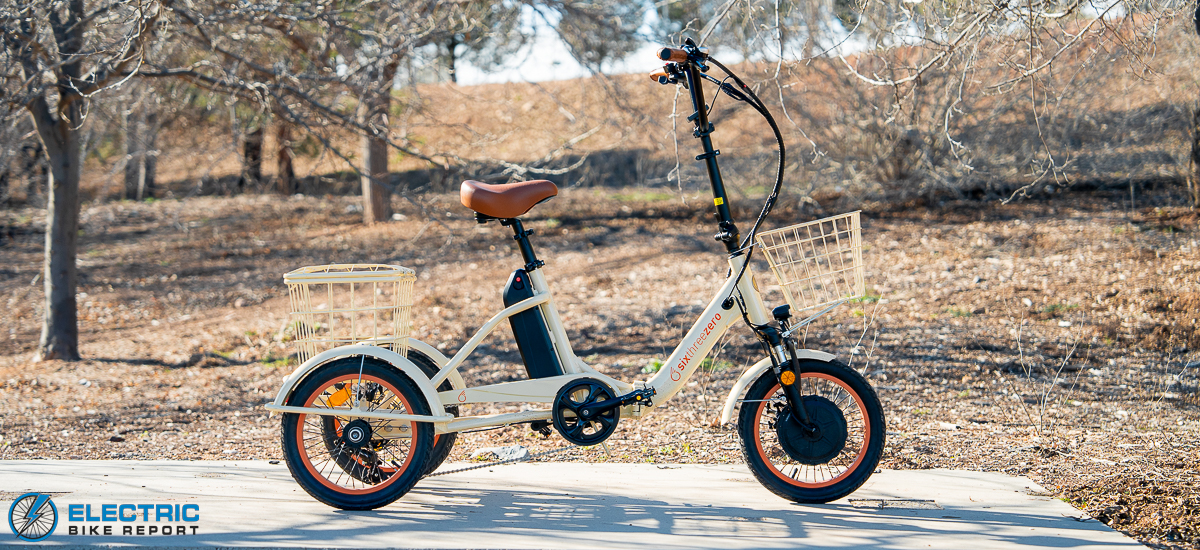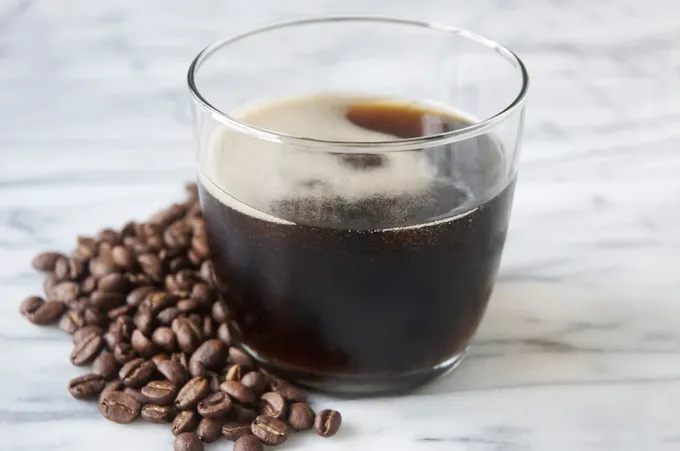The Role of Tea in Chinese Dining
In Chinese culture, tea isn’t just a drink, it’s a meaningful part of the meal and tradition. When you sit down at a Chinese restaurant, especially during dim sum or a traditional meal, you’re often greeted with a warm pot of tea. Have you ever wondered, “What Is the Tea Used in Chinese Restaurants?” Learning about the different types can make your meal more enjoyable and help you appreciate the culture even more.
The Most Common Teas Served in Chinese Restaurants
1. Jasmine Tea
Jasmine tea is probably the most popular tea you’ll find in Chinese restaurants. It’s made by infusing green tea leaves with jasmine blossoms, resulting in a fragrant and slightly sweet flavor. This tea is really popular in Cantonese restaurants and is usually served with dim sum.
- Flavor Profile: Floral, light, and slightly sweet
- Best Paired With: Dim sum, seafood, and lightly flavored dishes
- Health Benefits: Full of antioxidants, supports digestion, and helps you relax.
2. Oolong Tea
Oolong tea is a kind of tea that’s somewhere between green and black, with a flavor and strength to match. It’s known for its smooth, toasty, and slightly floral taste. Oolong pairs nicely with all kinds of food, which is why it’s so common in Chinese restaurants.
- Flavor Profile: Smooth, toasty, and slightly floral
- Best Paired With: Roast duck, BBQ pork (char siu), and stir-fried dishes
- Health Benefits: Aids digestion, boosts metabolism, and supports heart health
3. Pu-erh Tea
Pu-erh tea, from Yunnan, has a unique earthy flavor that’s deep and mellow. It’s often served after meals, especially those rich in meats, due to its digestive properties.
- Flavor Profile: Earthy, deep, and mellow
- Best Paired With: Peking duck, hot pot, and fried or braised dishes
- Health Benefits: Supports digestion, reduces cholesterol, and promotes gut health
4. Green Tea
Green tea, particularly varieties like Dragon Well (Longjing), is also served in Chinese restaurants, though less frequently than jasmine or oolong. It has a fresh, grassy flavor, and a slight bitter aftertaste.
- Flavor Profile: Fresh, grassy, and slightly bitter
- Best Paired With: Seafood and lightly seasoned dishes
- Health Benefits: High in antioxidants, boosts brain function, and aids in fat loss
5. Chrysanthemum Tea
Chrysanthemum tea, made from dried flowers, is caffeine-free and often served in spicy Sichuan or hot pot restaurants for its cooling effect.
- Flavor Profile: Mildly sweet and floral
- Best Paired With: Spicy Sichuan cuisine and hot pot
- Health Benefits: Soothes the throat, reduces inflammation, and helps cool the body

Brewing and Serving Traditions
In Chinese restaurants, tea is typically brewed using loose leaves in a teapot and served in small cups. The brewing process and tea selection can vary based on regional traditions and the specific cuisine offered. For instance, in Cantonese dim sum restaurants, jasmine tea is prevalent, while in Sichuan eateries, chrysanthemum tea might be the preferred choice.
Enhancing Your Dining Experience
Understanding what the tea used in Chinese restaurants is can enrich your dining experience. Each tea offers unique flavors and health benefits that complement various dishes. The next time you visit a Chinese restaurant, consider trying a different tea to explore new taste profiles and cultural traditions
FAQs
Why do Chinese restaurants serve tea first?
Tea is offered to prepare your stomach for food, help digestion, and create a pleasant, warm welcome.
Is the tea served in Chinese restaurants caffeinated?
Most teas, like green, oolong, and jasmine, do contain caffeine, while herbal options like chrysanthemum are caffeine-free.
Can I request a different type of tea at a Chinese restaurant?
Yes, many restaurants offer several tea options. You can usually request your preferred type like Pu-erh or chrysanthemum tea.
Are there health benefits to drinking tea at Chinese restaurants?
Yes! These teas often aid digestion, reduce inflammation, boost metabolism, and provide antioxidants for overall wellness.





